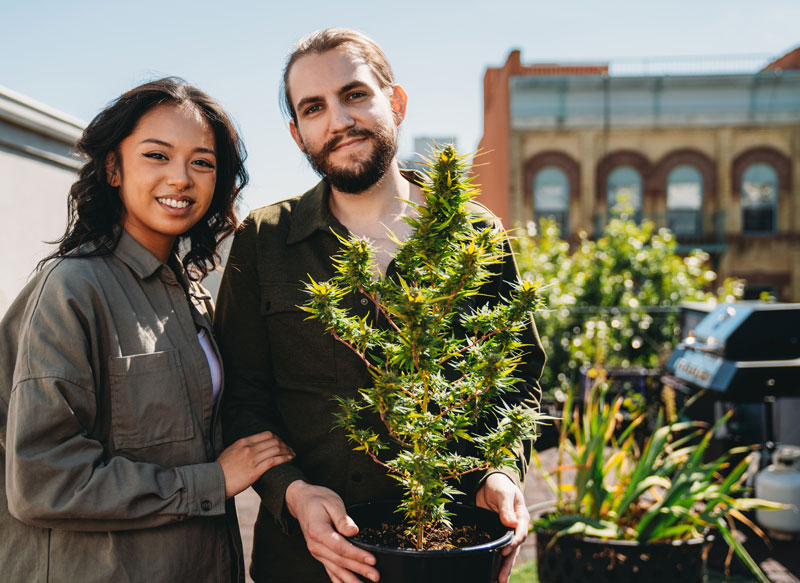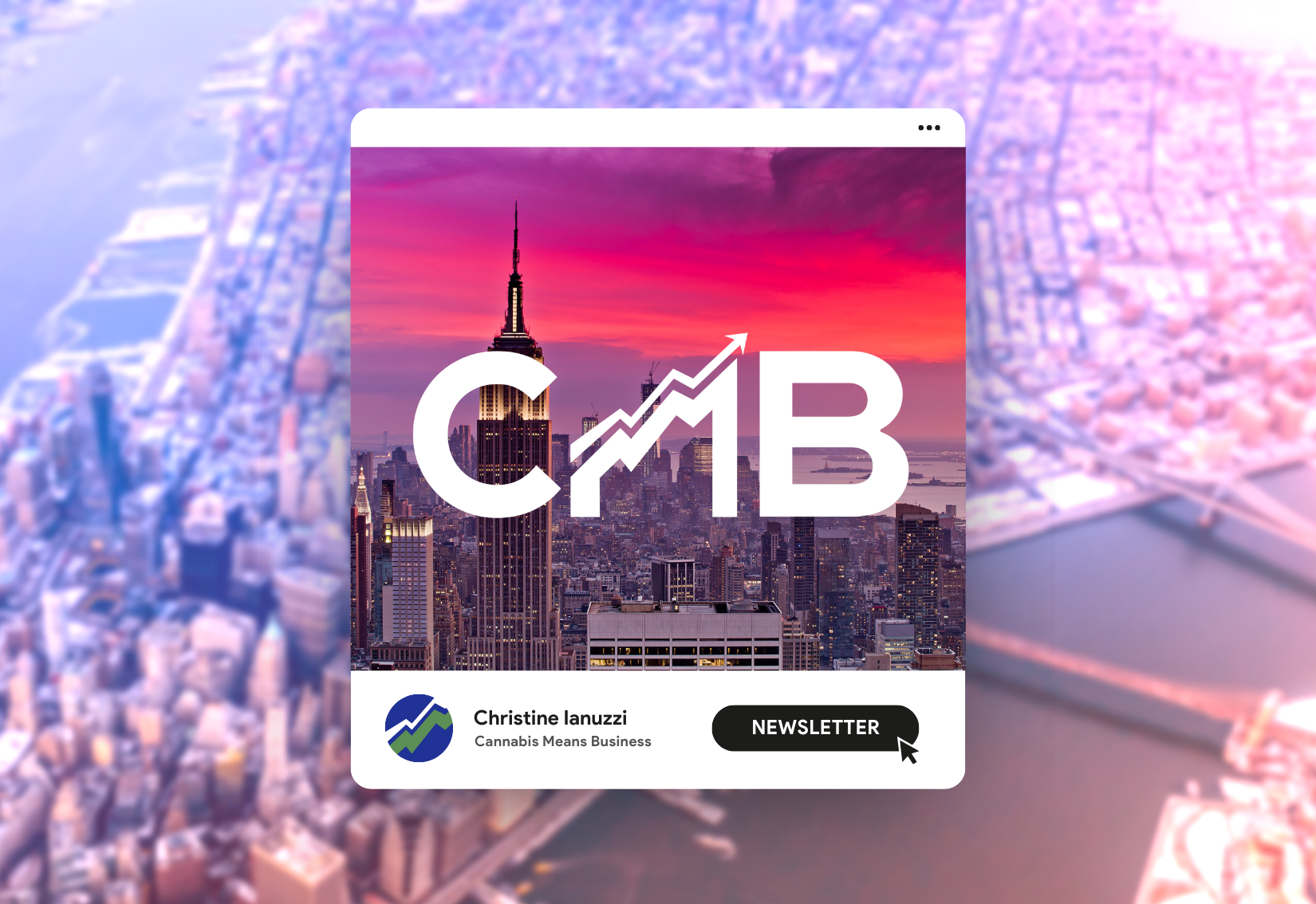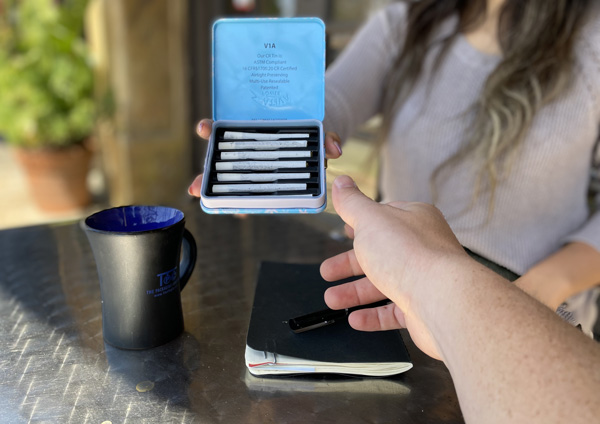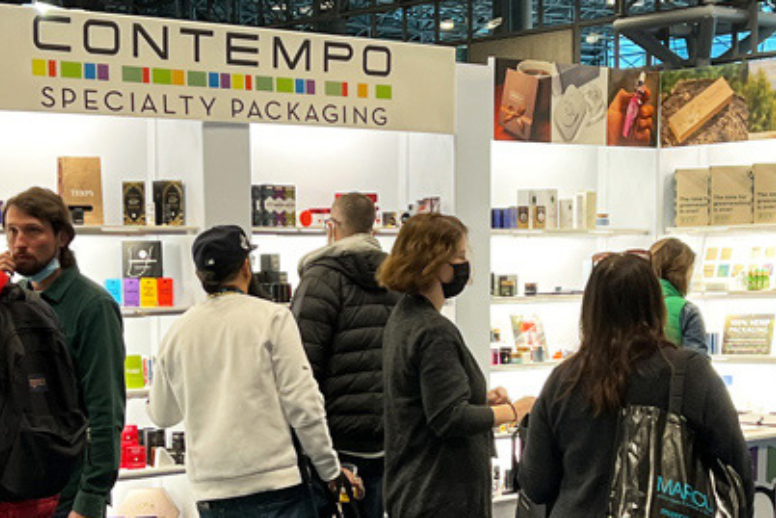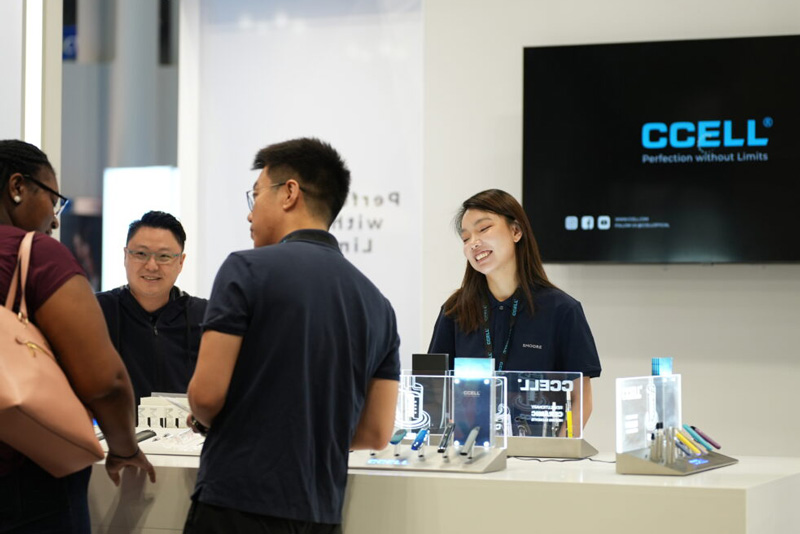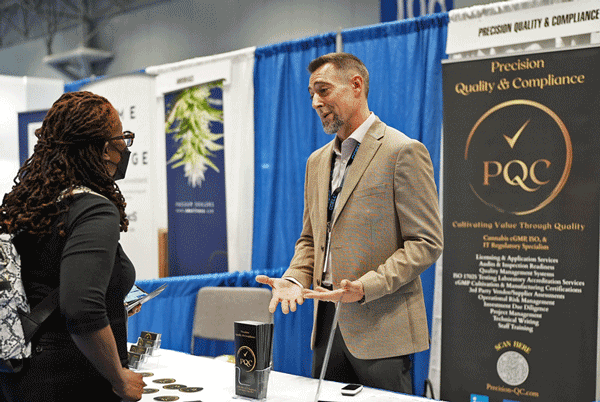6 Interesting Hemp Products That Go Beyond CBD
6 Interesting Hemp Products That Go Beyond CBD
It’s worth noting that industrial hemp — cannabis plants bred to contain 0.3% or less THC — can be used for way more than just CBD. The plant’s biomass unlocks opportunities to develop a truly staggering array of products that are environmentally-friendly, ultra-strong, and offers uses for several commercial applications. How is this plant set to transform how we fuel our cars, dress ourselves, and eat our breakfasts? Entrepreneurs — as you start eyeing this opportunistic market, get to know interesting hemp products that have the potential to change entire industries.
3 factors shaping the state of the hemp market
Exciting growth is happening within the industrial hemp market throughout the United States. With an estimated market size of $6.63 billion in 2022 and a projected growth to around $32 billion by 2030, innovative pioneers are finding new ways to apply hemp’s benefits and properties to dozens of industries. So, what’s causing this growth?
There’s a growing awareness of hemp’s benefits
Hemp has been a core part of societies around the globe for good reason. This versatile plant can be transformed into a nutritious food source, a textile source, and much more. As more consumers, researchers, and decision-makers learn more about hemp, interest in hemp-based products consequently increases.
There’s a consumer want — and need — for eco-friendly alternatives
Consumer interest in buying eco-friendly products is growing. Hemp may be a more sustainable alternative to items in a number of categories, giving customers the options they want in clothing stores, construction supplies, food sources, and more.
Hemp is in a more favorable regulatory environment
Beginning with the 2018 Farm Bill, which removed hemp and hemp seeds from the U.S. Controlled Substances Act (CSA), the regulatory environment around hemp products has drastically shifted in recent years. While there is still progress to be made, with this major hurdle out of the way, entrepreneurs, farmers, and investors can feel more confident in exploring the opportunities these products can bring to market.
6 innovative hemp products to get excited about
CBD got much of the attention when hemp and hemp-derived extracts were removed from the Controlled Substances Act. But as these products proliferated the market, many hemp uses emerged. Here are six of our favorites.
1. Food products
Eating hemp seeds and using hemp protein powder are not necessarily new, but their market size is growing. As more health-conscious consumers get to know their nutritional profile and health benefits, this category is expected to grow by about 9% in 2023. Hemp seeds are rich in omega-3 and omega-6 fatty acids, making it an excellent vegan source of this essential nutrient. They’re also an excellent source of protein and fiber.
2. Construction materials
Yes, plants can be used to build homes! Also known as “hempcrete,” this mix of hemp, lime, and water that weighs significantly less than concrete.
Hemp-derived construction materials identify a crucial void in the market — the need for greener alternatives in construction. As more architects, builders, and consumers become aware of the importance of sustainable building, there is a growing interest in incorporating these products into projects.
From an environmental standpoint, the use of hemp can offer several significant advantages. Hemp is less expensive to process than wood, and it can absorb 70% more CO2 annually than a forest. Hemp naturally absorbs carbon dioxide during its growth, making it a carbon-negative material. Notably, too, hemp is ready to harvest in a period of weeks or months, where building materials like wood take decades to grow.
3. Fuel
Can hemp really power everyday objects like biodiesel fuel can? Yes! Hemp products offer a unique solution to the fuel crises around affordability and environmental impacts faced globally today.
Hemp oil, derived from industrial hemp seeds, has been in use for centuries for powering oil lamps, and most recent applications have found that it could be a viable alternative to fossil fuels for purposes of powering engines. While hemp may not replace all fossil fuel use, it might play a significant role in reducing dependence on these energy sources.
4. Clothing
In a world dominated by mass-produced fashion and accessories, hemp-based clothing and stands out as eco-friendly alternatives to materials that inevitably make their way into landfills. And in many ways, hemp clothing and accessories get back to one of the plant’s most essential uses for centuries: as a textile.
The hemp clothing market reached $5.66 billion in 2021, and it’s easy to see why. Hemp fabric is stronger and more durable than cotton, with many beneficial properties of its own. Hemp fabric has UV properties, moisture-wicking properties, and is highly breathable. And due to the way hemp is grown — it requires one-third less water than cotton while yielding significant more fiber — its use in making clothing and other textiles can be a practical way for eco-conscious consumers and companies to lessen their impact on the environment.
5. Paper
The first hemp paper appeared in China thousands of years ago. Hemp’s revitalization in the American and global business communities, this ancient use is re-emerging. Paper from hemp is stronger than its wood pulp counterparts and has high quality. Hemp has a relatively short harvesting timeline — compared to the decades it takes to grow a tree — it’s a resource that may be much easier to produce at scale. Hemp could be the answer to help decrease deforestation and set the stage for a greener future.
6. A replacement for plastic
Yep — we can also tackle plastic waste with hemp-based solutions. With its high cellulose content, lightweight nature, and ultra-strong properties, hemp is among the most promising bioplastic alternatives to the oil-based plastic that’s fueling much of the world’s pollution today. As a biodegradable polymer, hemp plastic’s biggest promise may be its reduced impact on the environment: hemp plastic only needs months to biodegrade, where oil-based plastics can take decades or even hundreds of years to decompose.
Can hemp save the planet? It’s certainly possible
Hemp’s economic promise goes beyond CBD lotions and hemp seeds to sprinkle on your morning oatmeal. This ancient plant, embraced by societies around the world for millennia, has a new role in a modern day society grappling with larger questions about caring for the planet. And thanks to a much-improved regulatory environment and heightened public awareness, now is the time to explore the long-term opportunities in hemp.
Curious about hemp? Learn more about CWCBExpo. Now entering its 10th show in New York City, CWCBExpo is the premier B2B destination for all things cannabis — including hemp. Stay in the know by signing up for our email list and following us on Facebook, Instagram, and LinkedIn.

